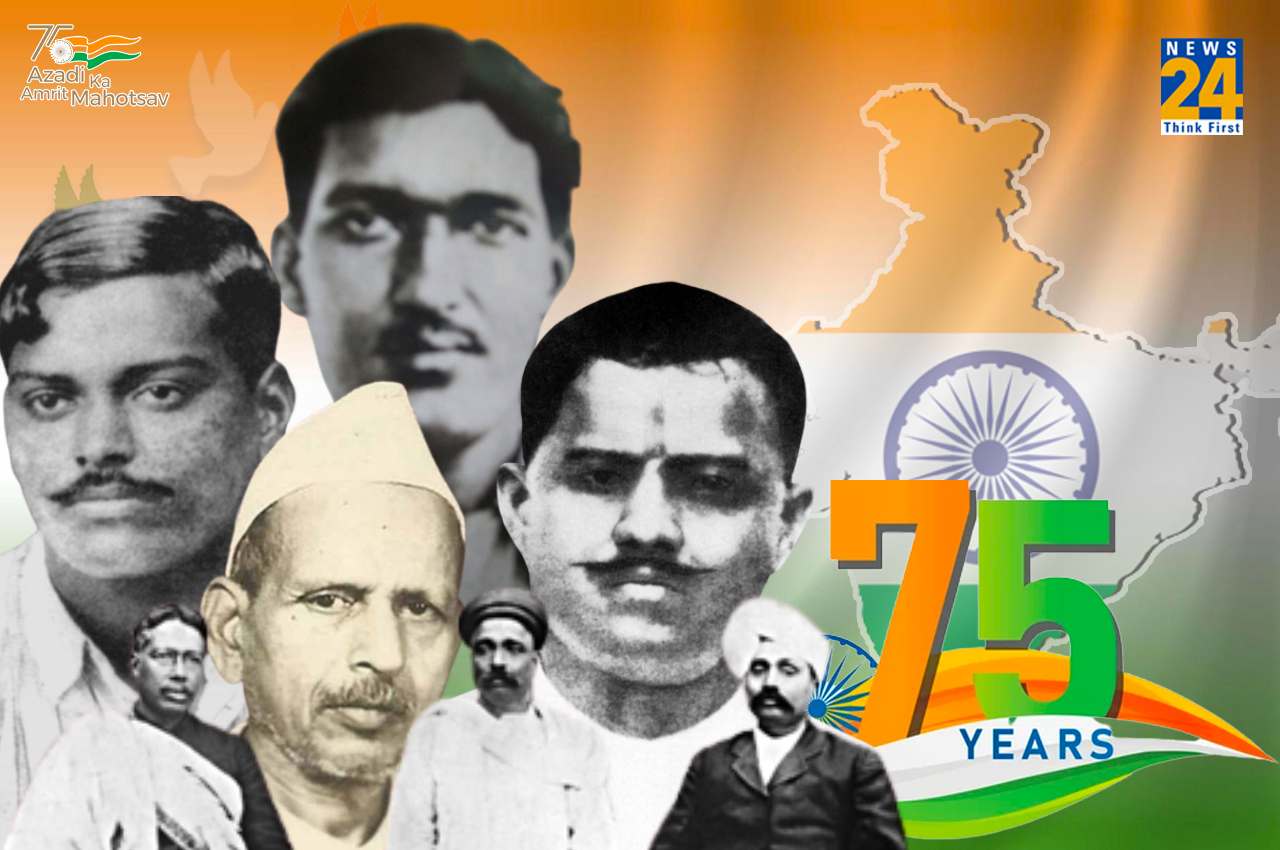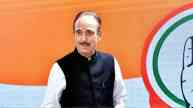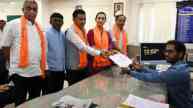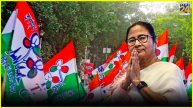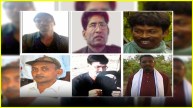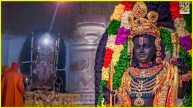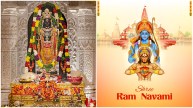New Delhi: Friendship is one of those relationship that an individual chooses in full authority, without any prior fixations. It is extremely different from family and relatives. On the occasion of Friendship Day and the ongoing Azadi ka Amrit Mahotsav, we bring you some stories from the Indian freedom struggle.
These stories not just signify mere exchange of presents on birthdays, or grand posts on social media, or Gen-Z lingo like ‘brothers from another mother’ but rather unwavering commitment.
These stories rather signify, immense courage, and the conviction to give away your life for your friend without a second thought. The freedom struggle is filled with many stories, many recorded and many that no one will ever know. Here are a few of them.
Chandrashekhar Azad and Master Rudra Narayan
After the Kakori incident, Chandrashekhar Azad arrived in Jhansi. He first met Master Rudra Narayan here. Initially, Master Sahib had him hidden in the cellar at his home. Following the pressure from the authorities, he made arrangements for Azad to be kept in the cave of a Hanuman temple. The temple was located on the banks of the Satar river in the forests close to Orchha.
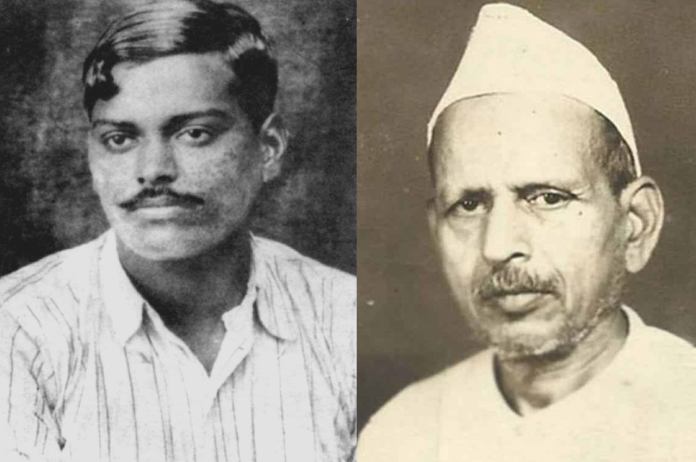
Chandra Shekhar Azad (left), Rudra Narayan Singh (right)
All revolutionary activities were carried out from this location. Police officers were tailing Master Rudra Narayan. After multiple failed attempts, the British forces persuaded him to take Rs 25,000 in cash. In exchange he had to help them arrest Azad.
However, the fire in his chest to achieve national independence was fierce than the fire within his stomach. He said that he won’t undertake any work that will cause his future descendants to bow their heads in shame and guilt.
Azad once jokingly told Master Rudra Narayan that get me arrested so that at least the people of this house can get bread for two times. But Master Saheb had said that he would accept death by starvation for the country rather than committing treason.
Ram Prasad Bismil and Ashfaqulla Khan
Ram Prasad Bismil and Ashfaqulla Khan share and absolute piousness of relationship between a Hindu and a Muslim. They started communicating frequently and developed an interest in each other through poetry. They quickly grew as close friends. They were the focus of attention at every poetry event they both attended. Both became well-known for their friendship as “Bismil and Ashfaqulla.”
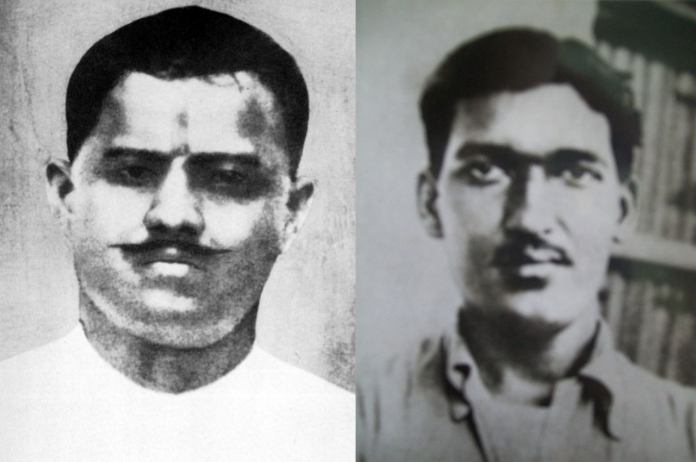
Pt. Ram Prasad Bismil (left), Ashfaqulla Khan (right)
They both adhered to Gandhiji’s teachings and used to walk in his footsteps. Gandhi ji left the non-cooperation campaign in 1922, after the “Chori Chora” event. Many young people lost faith in Gandhi ji once the non-cooperation movement was abandoned, especially Bismil and Ashfaqulla.
The revolutionaries needed money to carry out activities. It was considered that why should the money be looted from the British, after all that money belongs to the Indians. When Bismil and his companions came to know that the treasury goes by train, they made a plan to rob the British treasury and it was decided that the train would be robbed on 9 August 1925.
The British tried hard to declare the revolutionaries as terrorists. After all the efforts, the British kept calling the revolutionaries terrorists. But they never allowed this to be proved right by their behavior. Ramprasad Bismil showed his country love by singing Sarfaroshi song, his poems take his personality to a different height. At the same time, Ashfaq Ullah and Roshan Singh also proudly embraced the gallows and immortalized their love for their country. They all were kept and hanged at different places fearing wrath of their supporters might devastate the prison.
Lal-Bal-Pal (Lala Lajpat Rai, Bal Gangadhar Tilak and Bipin Chandra Pal)
In British India between 1906 and 1918, Lal Bal Pal (Lala Lajpat Rai, Bal Gangadhar Tilak, and Bipin Chandra Pal) were a trinity of vociferous nationalists.
During the anti-Partition agitation in Bengal, which started in 1905, they promoted the Swadeshi movement, which calls for a boycott of all imported commodities and the usage of products created in India. The Swadeshi movement featured a notable exchange between Lala Lajpat Rai.
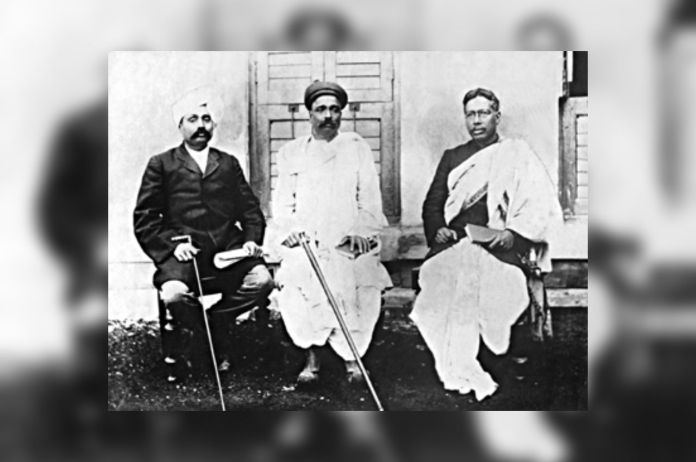
Lala Lajpat Rai, Bal Gangadhar Tilak and Bipin Chandra Pal
Some Indian intellectuals developed a radical sensibility in the closing decades of the nineteenth century. The Swadeshi movement introduced this idea to the national all-Indian arena in 1905; the term is typically translated as “self reliance” or “self sufficiency.”
Indians all around the nation were mobilized against the Bengal division by Lal Bal Pal. Bengal was the starting point for the protests, strikes, and boycotts of British goods. It quickly spread throughout India as larger protest against the British Raj.
With Bal Gangadhar Tilak’s arrest, the nationalist movement began to splinter. Aurobindo Ghosh and Bipin Chandra Pal’s resignation from active politics came next. Lala Lajpat Rai was hurt as a result of police superintendent James A. Scott’s action. He issued an order for the police officers under his supervision to lathi charge a mob that also included Rai. He physically hurt Rai. Rai passed away on November 17, 1928, from wounds acquired during a lathi charge.
